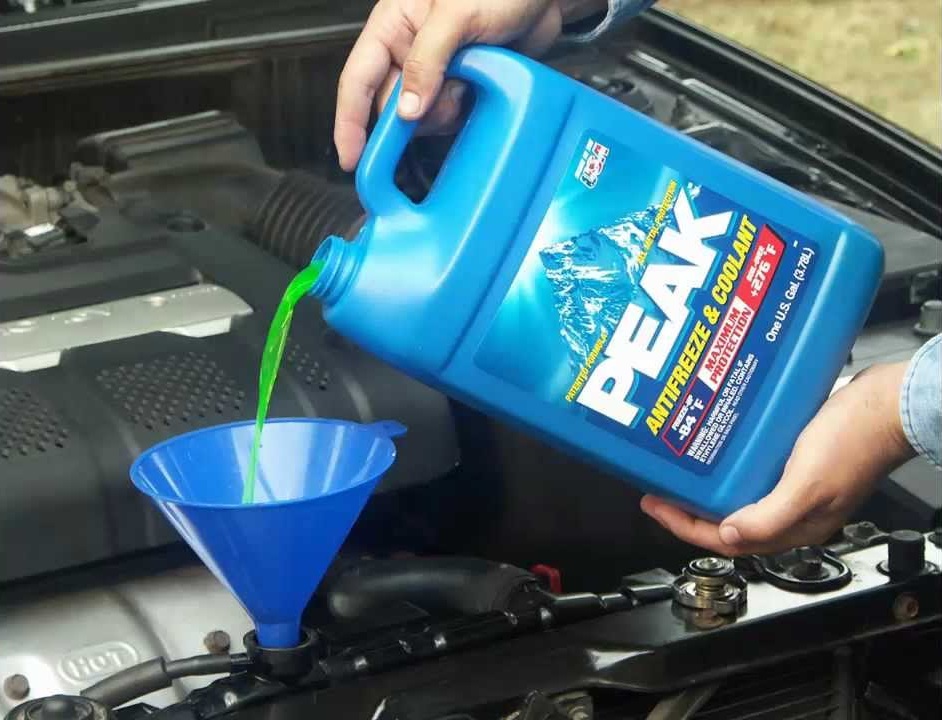 Become familiar with antifreeze to better understand why you need to check it, especially during the winter months. Antifreeze is an important fluid in your Honda regardless of where in the country you live. Anytime the temperature drops, antifreeze becomes even more important. While a breakdown at any point of the year can be problematic, it is a larger hassle in the winter.
Become familiar with antifreeze to better understand why you need to check it, especially during the winter months. Antifreeze is an important fluid in your Honda regardless of where in the country you live. Anytime the temperature drops, antifreeze becomes even more important. While a breakdown at any point of the year can be problematic, it is a larger hassle in the winter.
The Function of Antifreeze
Antifreeze is a fluid that helps cool down the engine in your Honda and protect it from weather that is freezing cold. This substance even works as the main agent that keeps your car’s cabin warm. Essentially, antifreeze and other elements in the cooling system ensure that your vehicle always operates within the ideal temperature range.
Why to Check Antifreeze
Issues with the cooling system in your Honda, including the antifreeze levels, are one of the biggest causes of breakdowns related to your engine. Checking your antifreeze levels will only take a few minutes of your time and can prevent you from getting stranded far from home.
How to Check It
If you plan to check your antifreeze, invest in an antifreeze ball tester. This is an affordable component you can get at any auto parts store and sometimes at other stores as well. You will also want to grab a few other tools you probably already have. Before you start the process of checking the antifreeze, make sure that your coolant system and engine are completely cool. Never open the coolant reservoir, overflow tank, or radiator when they are hot, as this may lead to severe burns.
Simply open the reservoir and take a look inside. If it looks like your coolant/antifreeze levels are low, add a mixture containing even ratios of Honda-approved antifreeze with distilled water. You will need the antifreeze ball tester if you have recently changed the antifreeze but notice it is low. You should use this tester to ensure the ratio of water and antifreeze is correct.
Other Tips
If your coolant seems colorless or rusty or you notice something floating in it, flush the system then add new coolant. If you notice an oily or sludgy surface, bring your Honda to your Birmingham service center. There may be leakage in the internal head gasket. While you are under the hood of your Honda, take the time to glance at all hoses, belts, and clamps to ensure they are in good shape without any cracks. Also, double-check that the radiator hose clamps appear to be tight so there is no risk of leaks.
If you don’t feel confident checking the antifreeze in your Honda yourself, the team at Brannon Honda in Birmingham, Alabama, can take care of this task for you.
Disclaimer: The stock image is being used for illustrative purposes only, and it is not a direct representation of the business, recipe, or activity listed. Any person depicted in the stock image is a model.

